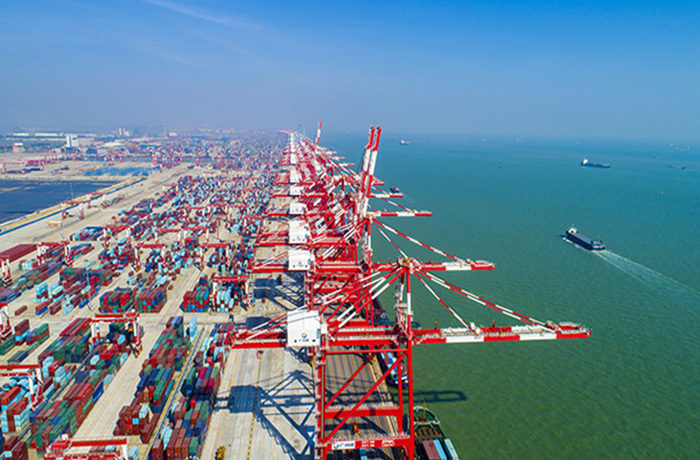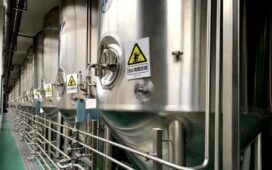If you are in the import and export business, you must be aware of the Port of Guangzhou. Guangzhou is among China’s ten most well-known port cities.
In 2012, the Port of Guangzhou processed over 460 million tonnes of cargo, marking it the 4th largest port by cargo flow. It is located on the Pearl River Delta. The port is under the control of the Guangzhou Port Authority. The very first cargo was processed in the year 1999. In that particular year, 100 million tonnes of cargo were transported.
The Port of Guangzhou is the most significant coal loading and dumping port of china. Guangzhou Port has 4600 berths, 133 markers, and 2359 bays, with an enormous volume of 3,000 tonnes and 1,000 tons classes. In July 2009, the government endorsed upgrading the harbor to enable 100 000 tonne ships to access Nansha during high tide.
Here in this guide, we will learn all about the different areas of Guangzhou. To gain knowledge on the same, click here to know more.
1. Nansha Port Area
The Nansha Port serves as a hub for cities on both sides of the Pearl River. You will get three petrochemical terminals, one automobile terminal, grains, and a multipurpose terminal in the Nansha terminal. The Nansha port added value to the Port of Guangzhou. It transforms Guangzhou’s seaport from a river port to a full-fledged seaport. All the goods in Nansha Port are examined in a faster and effective customs clearance by Nansha Port Centralized Inspection Center.
2. Xinsha Port Area
Xinsha Port Area is situated east of the Pearl River. It has ten deep berths and a dock length of two thousand meters. Cargo, large grains, coal, autos, and standard stock solution are all handled at these profound facilities at the Port of Guangzhou. It is the busiest port in China for unloading and loading automobiles. Many vehicles like BMW, Toyota, and Hyundai are imported here.
3. Huangpu Port Area
The Huangpu Port Area is roughly 22 miles from shore upriver on the Pearl River. Boxes, heavy cargo, oversized items, and petroleum products are among the critical commodities processed in Huangpu Port Area. It has three docks with a potential of 35 thousand tonnes and quays measuring 645 meters. The port is devoted chiefly to mixed grains and steel commodities. A petrochemical facility is also located in the Huangpu area
4. Downtown Port Area
The Henan, Dashatou, and Xinfeng terminals are located in the Downtown Port Area. It is situated up the valley from Guangzhou’s principal port and has shifted from freight processing to service industries and commerce over the last few years.
All About Port Activities
Guangzhou’s port is highly significant to the local economy. The seaport offers various services, including loading and unloading, warehousing, secured storage, and container freight services. Oil, coal, grain, chemical fertilizer, steel, iron, and autos are just a few of the economic, commercial, and manufactured goods that pass through the harbor. Passenger and logistics services are also available at the port.
All About Shipping
The Port of Guangzhou is enjoying a growth in freight traffic and vessels, coming in as the largest comprehensive port terminal in South China. This is owing to Guangzhou’s and the adjacent hinterland’s brisk economic development. Guangzhou Port topped 300 million tonnes and 665 million TEUs in 2006, making it the third-largest among China’s seaports and fifth amongst some of the ten largest ports. That’s why every year, the cargo volume on the port is increasing.
That’s all! Now you know all about the Port of Guangzhou. The port also acts as a significant economic and transportation hub for Guangdong. The waterway, rail, highway, and major airlines cross the three rivers here, making it a vital transit hub.













